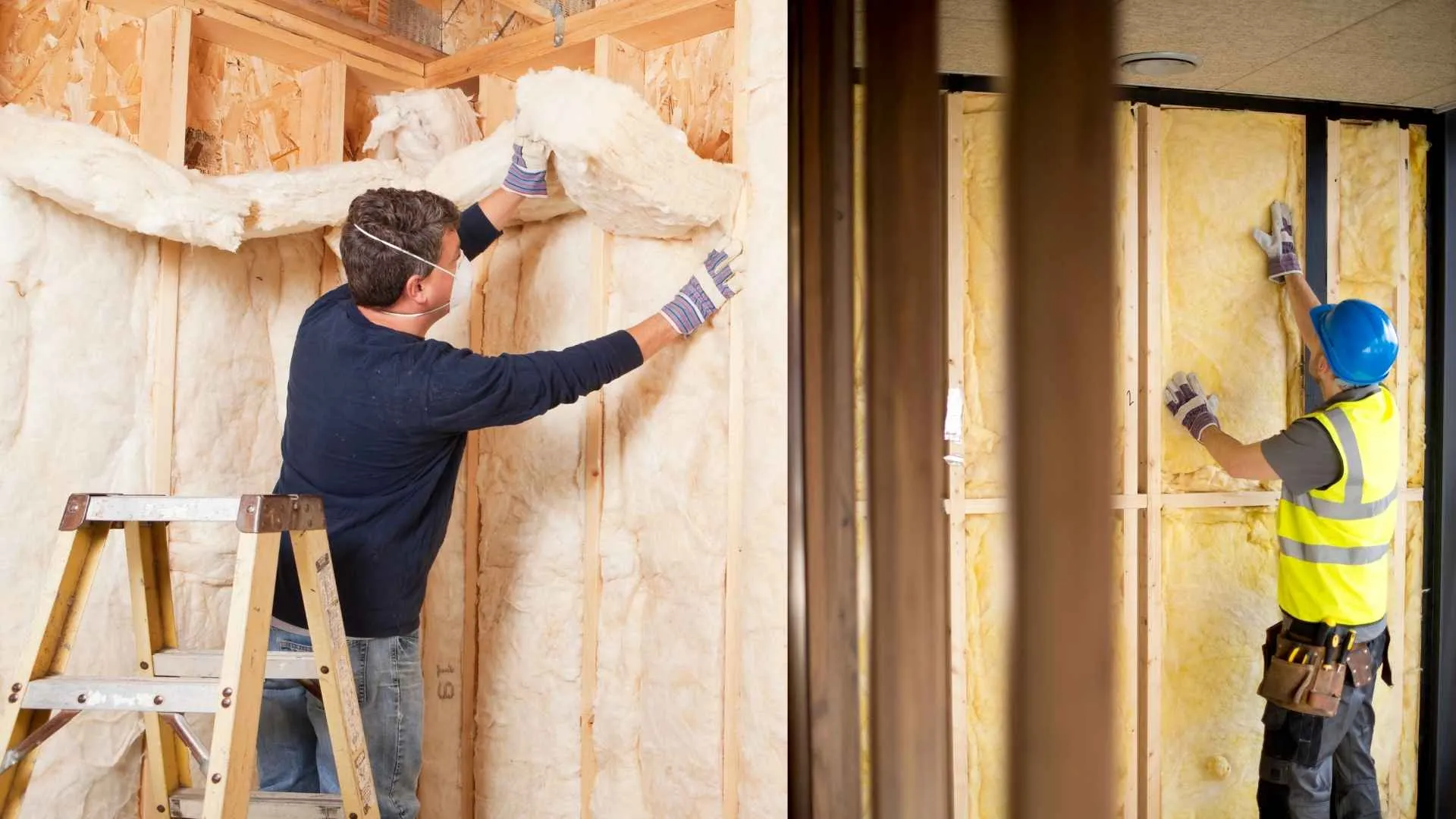
Ensuring walls are efficiently insulated is a core strategy for landlords and renovators in New Zealand striving for energy efficiency and tenant comfort. While ceiling and underfloor insulation are mandatory under the Healthy Homes Standards, wall insulation often remains overlooked—even though it delivers lasting benefits such as lower bills, warmer interiors, and reduced condensation.
Why Wall Insulation Matters
- Higher Energy Efficiency: Proper wall insulation dramatically slows heat loss in winter and heat ingress in summer, reducing reliance on heating and cooling systems.
- Enhanced Comfort: Fully insulated walls eliminate cold spots and temperature fluctuations across living spaces.
- Condensation & Moisture Control: Insulation supports stable wall temperatures, reducing the risk of mould and dampness.
New Zealand’s Building Code sets the minimum wall R‑value for new houses at R2.0 across all climate zones. Retrofitting walls to at least R1.9–R2.0 during renovations can significantly boost performance.
Top Insulation Materials for Walls in NZ
Glass Wool and Mineral Wool Batts
- Performance: R‑values generally range from R2.2 to R4.3, depending on density and thickness.
- Why it works: Easy to cut for tight wall cavities, cost-effective, and widely available locally.
- Installation: Requires careful fitting to avoid air gaps and moisture intrusions. Dust protection is advised.
- Recommendation: Ideal for timber-frame rental homes, especially during renovation or recladding projects.
Polyester Fibre Batts
- Performance: Similar R‑value to glass wool for the same thickness, often R2.2 to R4.3.
- Benefits: Non-irritant, recyclable, and available in New Zealand. Easier to handle than fibreglass.
- Best for: Landlords seeking allergy‑friendly insulation with good thermal performance.
Sheep’s Wool Insulation
- Performance: Around R2.6–R4 per inch (~R13 to R16 for ~100mm) depending on density.
- Advantages: Naturally moisture‑resilient, can absorb VOCs, long lifespan (100+ years), and excellent acoustic damping.
- Install considerations: Higher cost than synthetic batts, but ideal for premium wall insulation where durability and air quality matter.
Structural Insulated Panels (SIPs)
- Performance: Very high R‑values—typically R7 to R9 per panel inch—thanks to foam cores such as EPS, PUR, or PIR.
- Installation: Used during new builds or major extensions. Panels are factory‑manufactured and bolted together, forming a continuous insulated structure.
- Benefits: Minimises thermal bridging and air leakage—excellent for energy‑efficient or passive house designs.
Design & Installation Tips for Maximum Efficiency Reduce Thermal Bridging
Timber studs conduct heat—reducing wall performance. Options:
- Use wider framing to accommodate thicker insulation.
- Add exterior rigid insulation to create a continuous thermal layer.
- Consider SIPs or deep framing methods during renovation to enhance continuity.
Avoid Air Gaps & Moisture Intrusion
To reach rated R‑value performance:
- Install insulation snugly between studs.
- Seal gaps around windows, doors, and service penetrations with caulk or foam.
- Use appropriate vapour control layers toward the warm side in cooler climates.
- Ensure the wall cavity stays dry before installation.
Material Considerations
- Health & Comfort: Polyester and sheep’s wool are low‑irritant, non‑toxic, and may improve indoor air quality. Glass/mineral wool can cause irritation without PPE during installation.
- Sustainability: Polyester with recycled content and sheep’s wool offer eco‑friendly advantages. Mineral wool often contains recycled glass and industrial by‑products.
Landlord Recommendations
- For existing rental properties undergoing renovation, glass wool or polyester batts are practical and compliant materials that meet or exceed the required R‑value of ~R2.0.
- For higher performance or premium renovation projects, sheep’s wool insulation is an excellent option due to its durability and comfort benefits.
- In full rebuilds or high‑efficiency retrofits, SIPs deliver exceptional thermal performance, airtightness, and structural benefits.
Choosing the most efficient wall insulation depends on your property type, project scale, and desired performance. In New Zealand, common batts such as glass wool, polyester, and sheep’s wool offer practical pathways to meet or exceed required wall R‑values in rental and renovated homes. For state‑of‑the‑art insulation, consider SIPs in new builds or major renovations. Whatever material you select, proper installation—ensuring snug fit, minimal air gaps, and effective moisture control—is key to maximising insulation efficiency and long-term comfort.
For expert advice, tailored quotes, and professional installation, reach out to Panda Solutions today.
